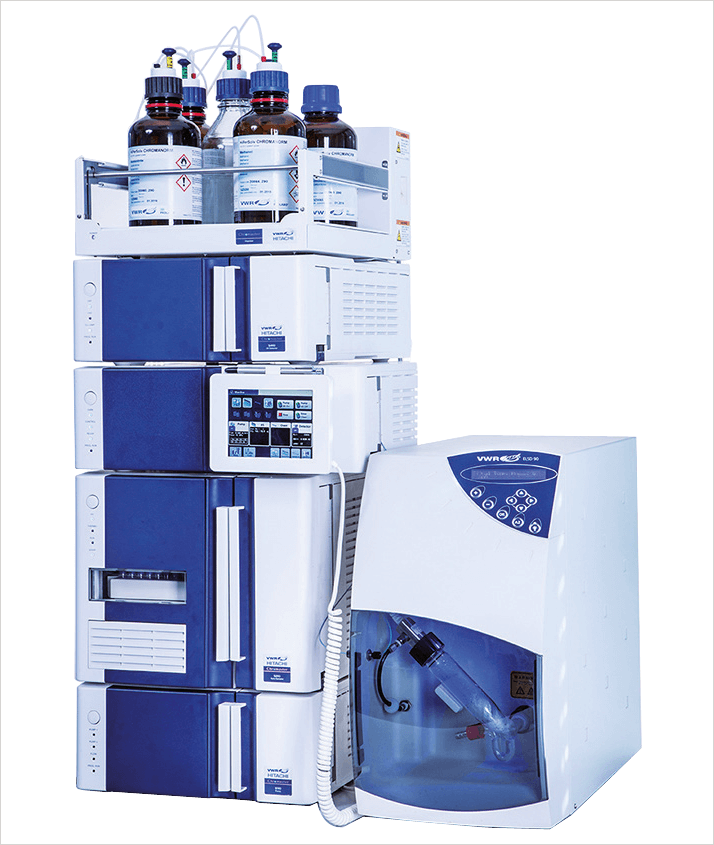Introduction
Lipids are essential to life as selective barriers for the movement of molecules across the cell membrane. Triglycerides are a type of lipid used by living systems for energy transportation and storage. Foodstuffs such as vegetable oils, olive oil and seed oils contain triglycerides with varying degrees of saturation. Many different types of triglyceride found in these oils give rise to the fact that they posses a unique “fingerprint” that can be used to determine provenance.

A typical lipid in foodstuffs is the triester formed from glycerol and oleic acid, which is the most abundant lipid in olive oil. Oleic acid is a mono unsaturated fatty acid with one Z double bond between C9 and C10 of the C18 chain. As triglycerides (TAGs) are of low volatility, it makes them unsuitable for analysis by Gas Chromatography. There is also a transesterification derivitisation step but this is not suitable for such complex mixtures. TAGs are not easy to detect using UV owing to the low wavelength needed (210 nm). There is an IUPAC HPLC method using refractive index (RI) detection but as RI requires isocratic elution, run times can be long and RI is often sensitive to external factors such as room temperature. Here we report from the VWR Application Laboratories, a method for the separation and detection of triglycerides using the VWR Hitachi Chromaster and the VWR EL SD 90, the new and highly sensitive low temperature evaporative light scattering detector.






